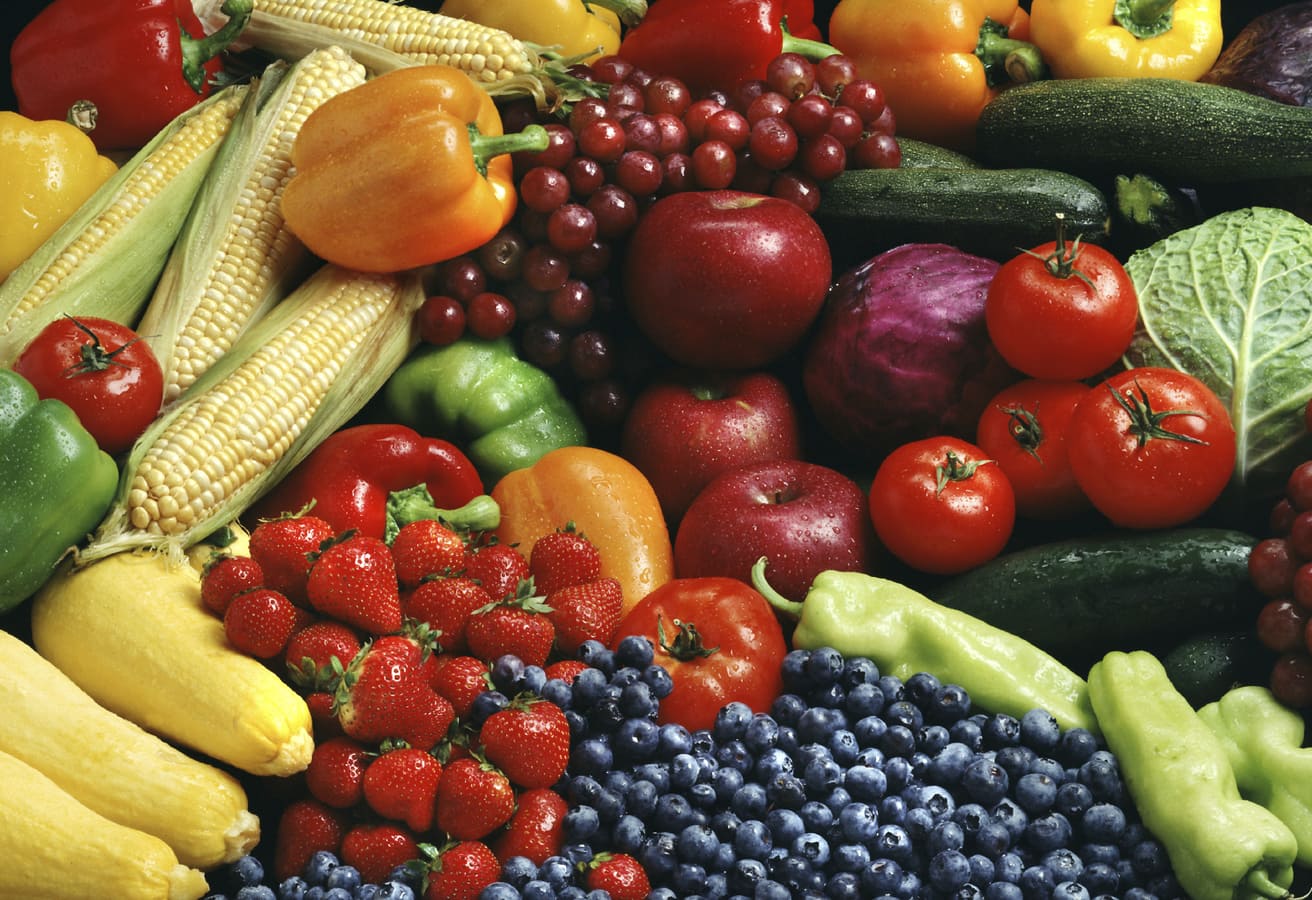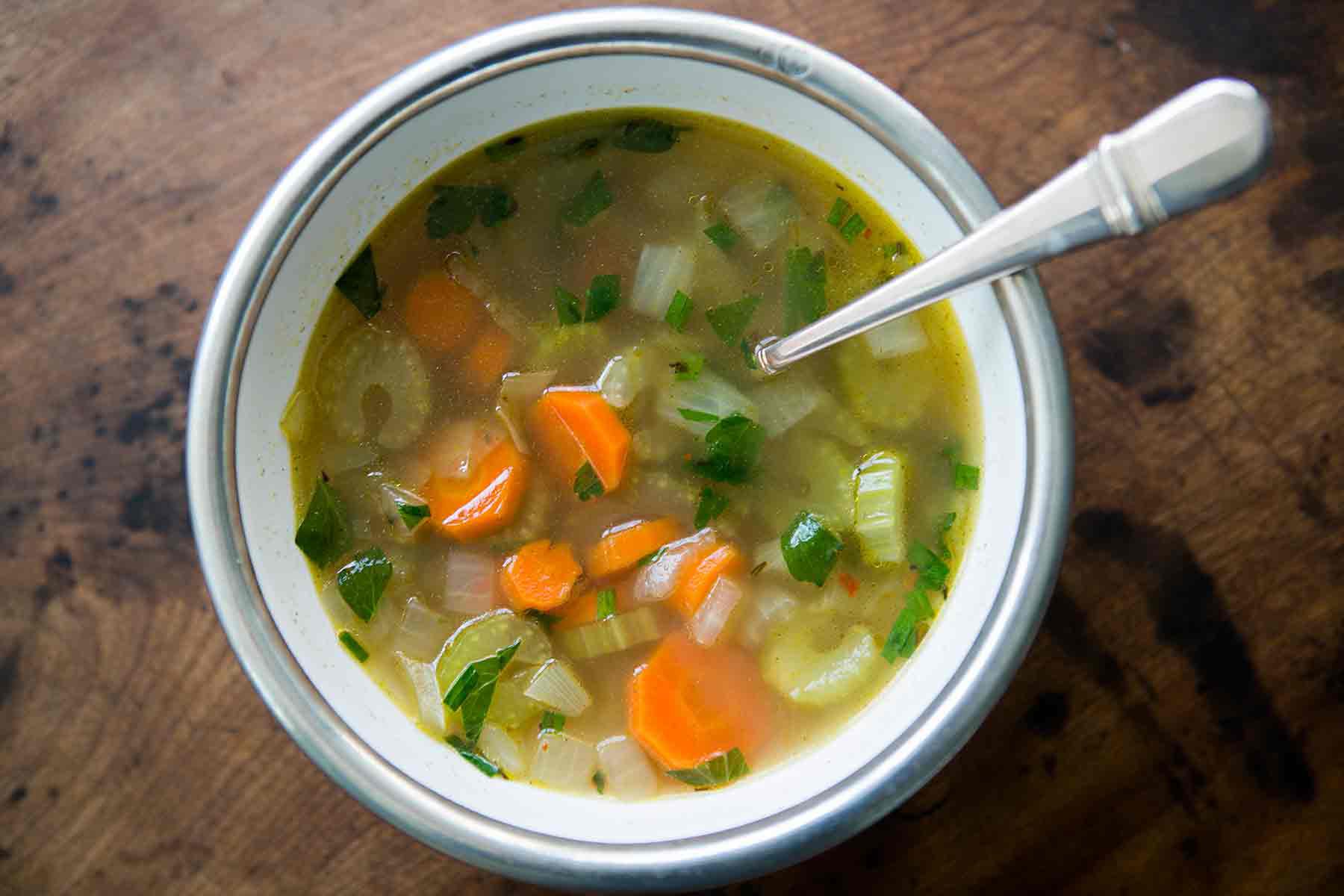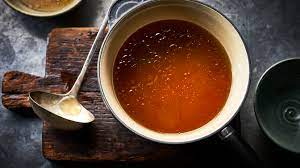1. Oats
Oats are one of the cheapest healthy breakfast options around, and, as a member of the whole-grain family, they’re loaded with healthful nutrients. One serving of oatmeal (made from a half-cup dry oats) doles out five grams of protein and four grams of fiber, while setting you back only about 30 cents.
Buy plain, dry oats in the big canisters rather than the (often presweetened) individual packets, which are way more costly. This way, you’re also in control of the added ingredients, sugars, and total calories in your breakfast. Great mix-ins include fruit (such as diced apple, sliced banana, berries, or raisins), peanut butter, chopped nuts, or a sprinkling of chia seeds or LSA mix.
2. Fresh Fruit: Bananas, Apples, and Oranges
Refilling your fruit bowl every week can cost an arm and a leg… but it doesn’t have to! Make affordable fruits like bananas, apples, and oranges your weekly staples, and save more costly options like pineapple, berries, melons, and papayas for special treats.
Bananas in particular are a bargain hunter’s dream. Select green, relatively unripe bananas at the store so they last all week. Don’t worry about them going to waste either; if they start to turn black and squishy, toss them into a plastic storage bag and freeze for later. Use frozen bananas in healthy fruit smoothies, or mash them up and mix into oatmeal, low-fat muffins, or pancakes.
3. Lentils
Lentils really are the king of legumes. They’ve got it all: fiber, protein, folate, iron, potassium, and a host of other trace minerals. Plus, they’re super-affordable and surprisingly easy to prepare. Simmer lentils with diced tomatoes and seasonings for a hearty side dish, or add dry lentils to soups or stews to increase protein without relying on expensive meats. Always soak your legumes before consumption though – you can read more about that here.
4. Beans (Canned or Dried)
You can’t go wrong with these little guys. Like lentils, beans are packed with protein, making them an economical alternative to meat, poultry, and seafood. Plus, they’re healthy — loaded with fiber, which, among other things, maintains digestive health, reduces cholesterol levels, and keeps blood sugars under control.
Stockpile these pantry staples when they go on sale; dried beans will keep for up to a year, and canned beans last twice as long. If you choose canned beans, buy low-sodium whenever possible and be sure to thoroughly rinse before using to remove excess salt from the canning liquids.
Substitute beans for ground meat in chilies, tacos, soups, or burgers, or add them to cold salads. Pureed beans can even be used as a healthy, low-fat alternative to butter or oil in baked goods.
5. Eggs
Eggs are another low-cost, high-quality protein source. When stored properly in the fridge, raw eggs last about three weeks in the shell, so stock up when they’re on sale. Also consider buying one of the trays of 18 or two dozen that are available in some grocery stores to save a few more pennies. Use eggs to whip up cost-effective, meatless dinner entrées like omelets, frittatas, or low-fat quiches. Replace some of the whole eggs in these recipes with egg whites to lower the calories, fat, and cholesterol.
6. Sweet Potatoes
Our list of cheap eats would not be complete without the humble potato. For an added boost of nutrition, try replacing your regular old white potatoes with sweet potatoes. Like white potatoes, they are one of the richest sources of potassium, but ounce for ounce, sweet potatoes deliver more fiber, vitamin C, and beta-carotene than their pale cousins. Turn sweet potatoes into everyday favorites: Use them to prepare oven fries, mashed potatoes, and stews.
7. Popcorn
Popcorn is a great high-fiber inexpensive snack and it can hit the spot when you feel like something ‘naughty’. When you make it yourself, you are avoiding the sugars and additives which go in more processed (and expensive) microwave popcorn. Add a little olive oil to a hot pot, throw in the popcorn kernels and watch them pop away. A fun snack to make with kids.
8. Plain Yoghurt
Often cheaper than the flavoured varieties, plain yoghurt can be spiced up with your own healthy add-ins like fresh fruit, honey, or frozen berries.
TIPS:
- Shopping at local markets can be considerably less expensive (and a lot fresher!) than the larger grocery store chains
- Buy in bulk where you can – for flour, legumes, grains, etc and store in glass jars so freshness can be kept for longer.
- Sometimes even eating less can help the budget. That second helping you’re not really hungry for but just want the flavour? Pack it away for lunch the next day, or freeze it for a later meal.









